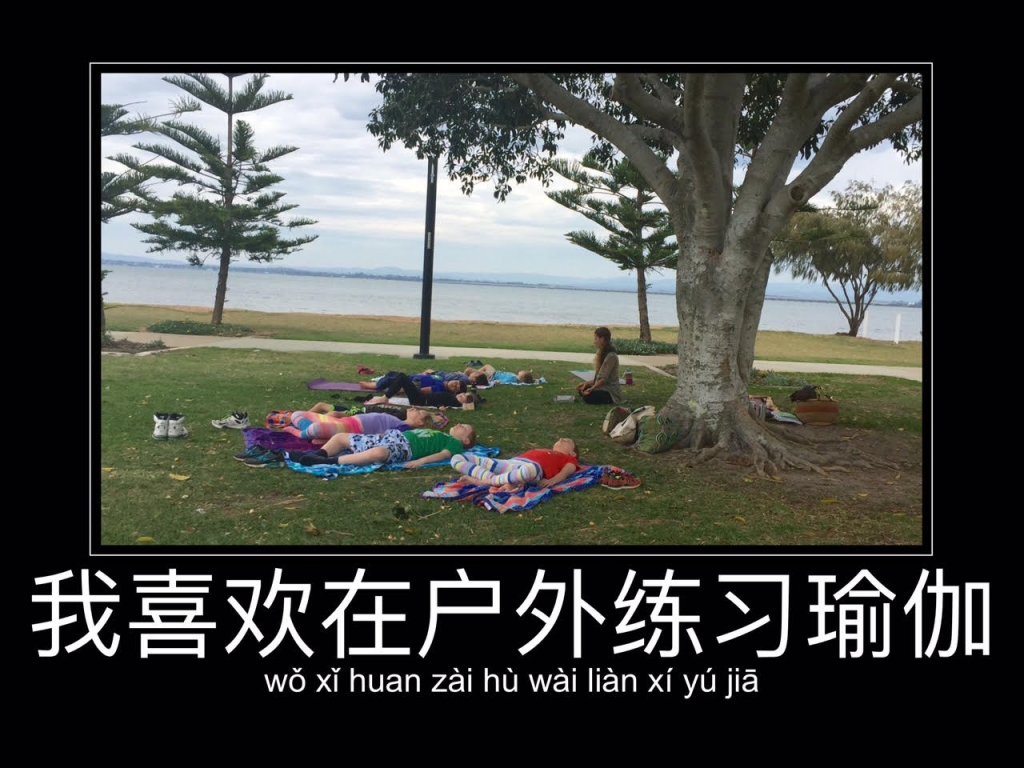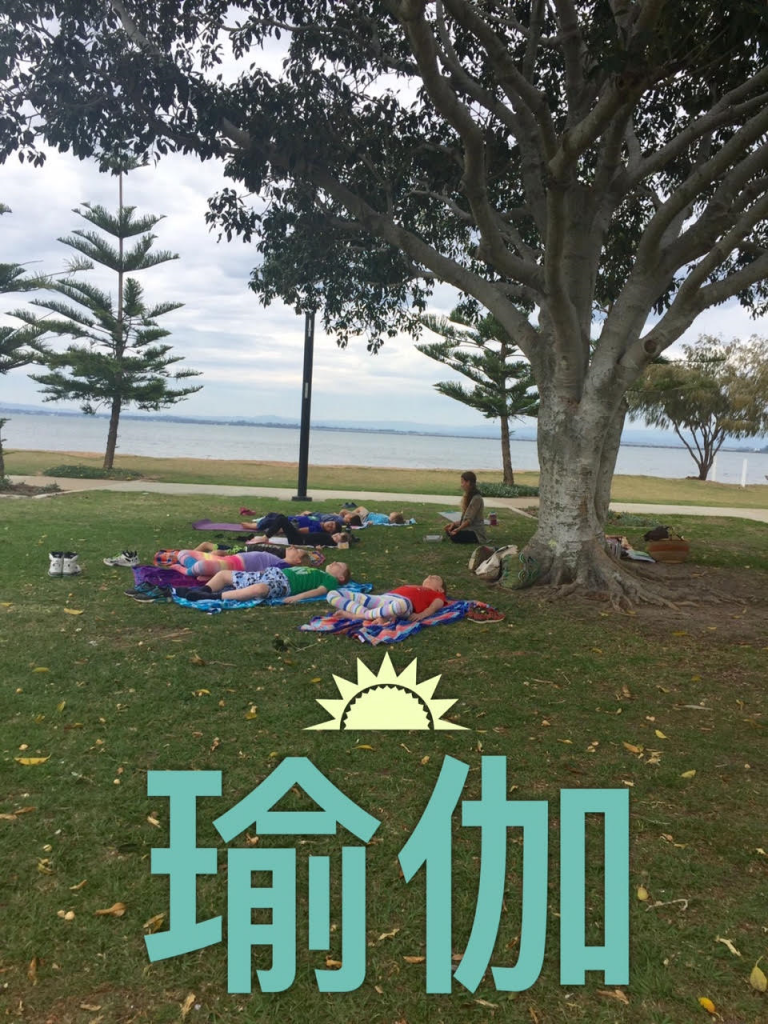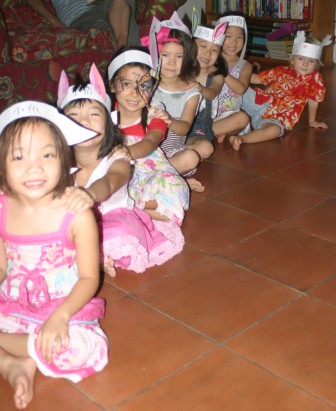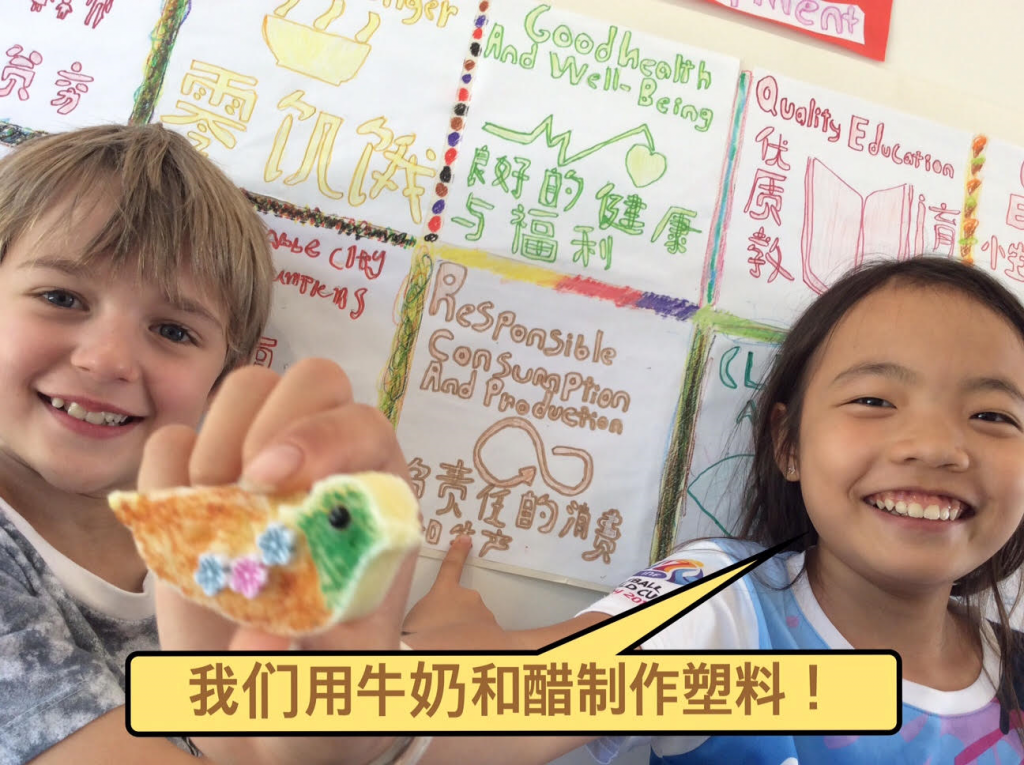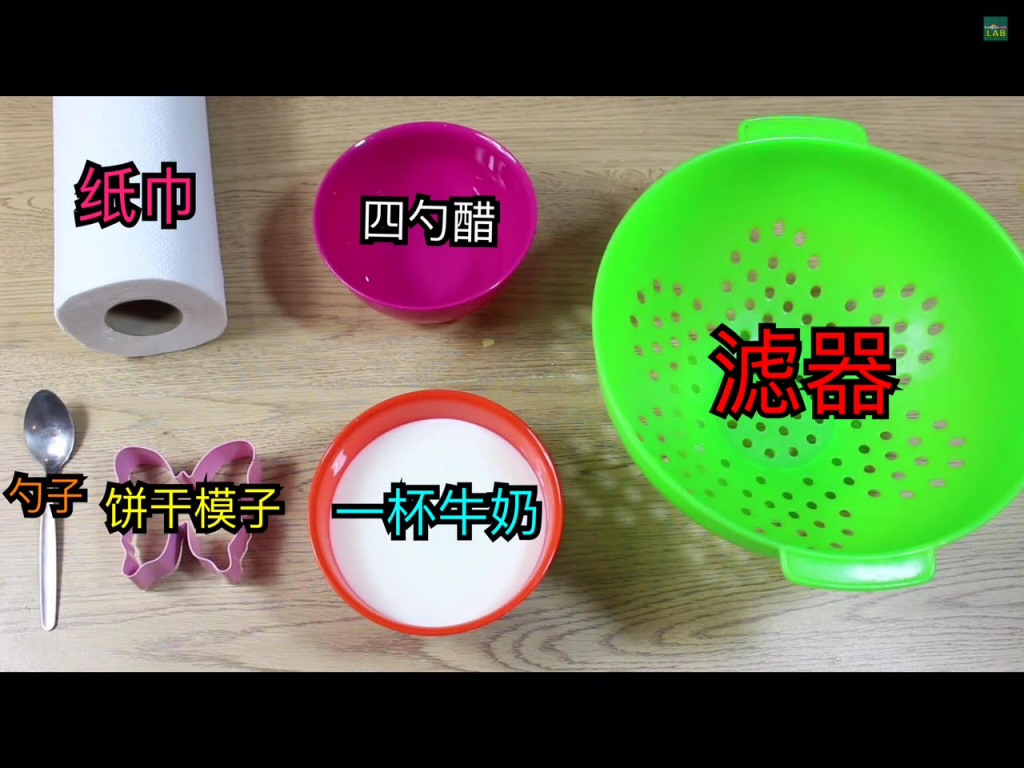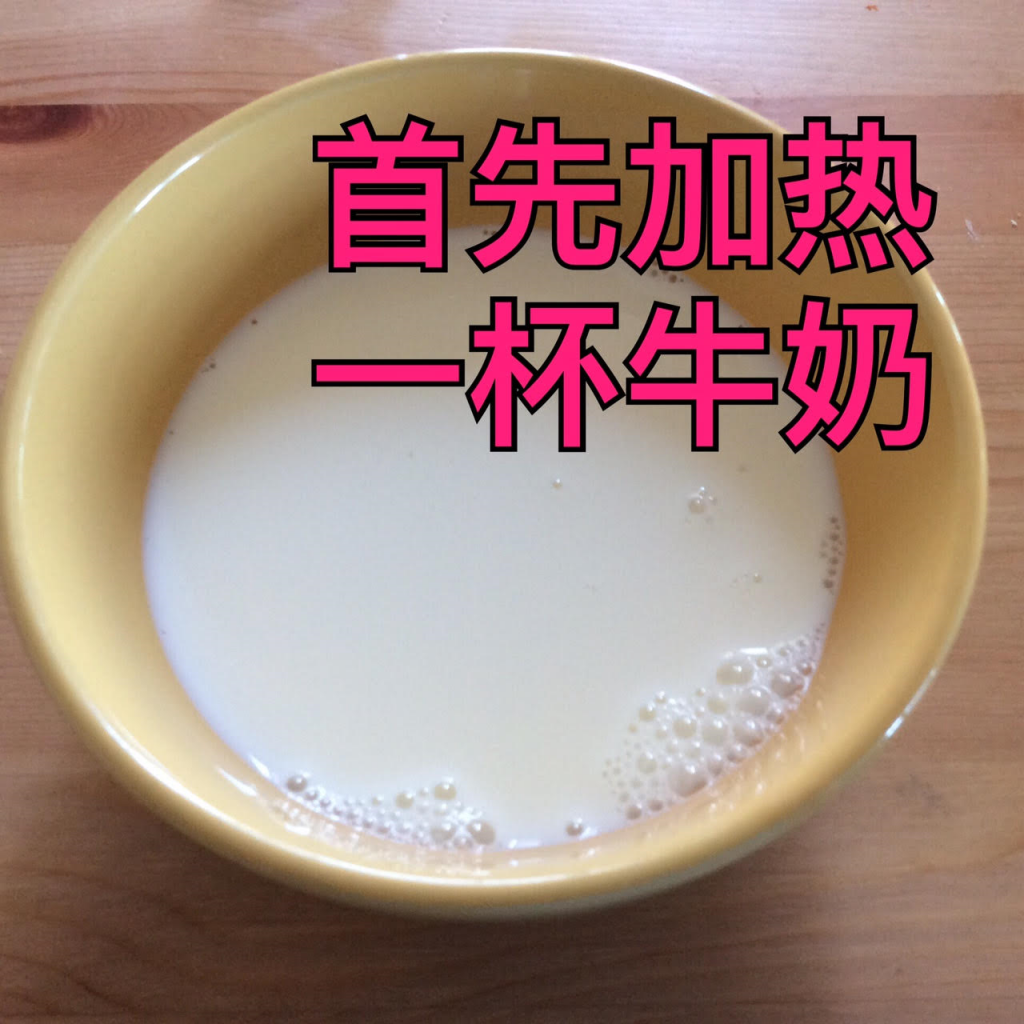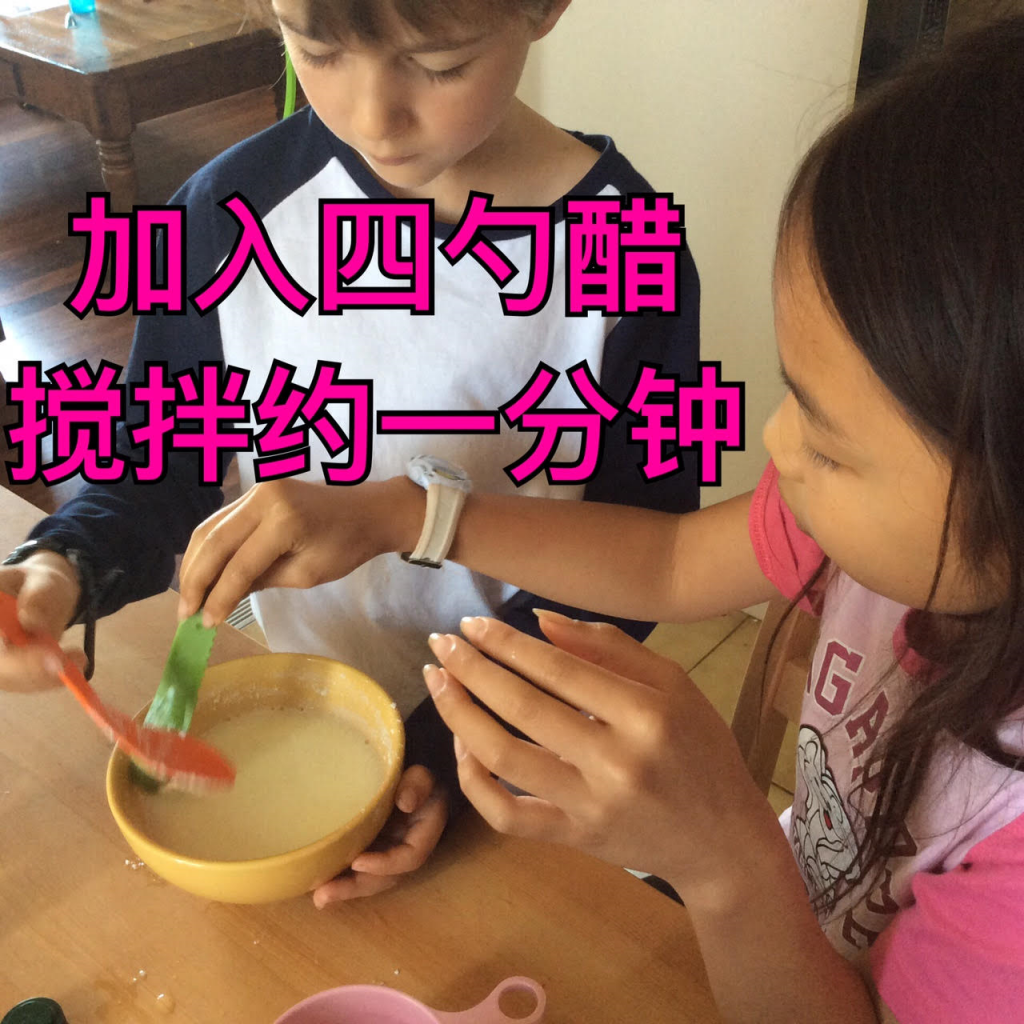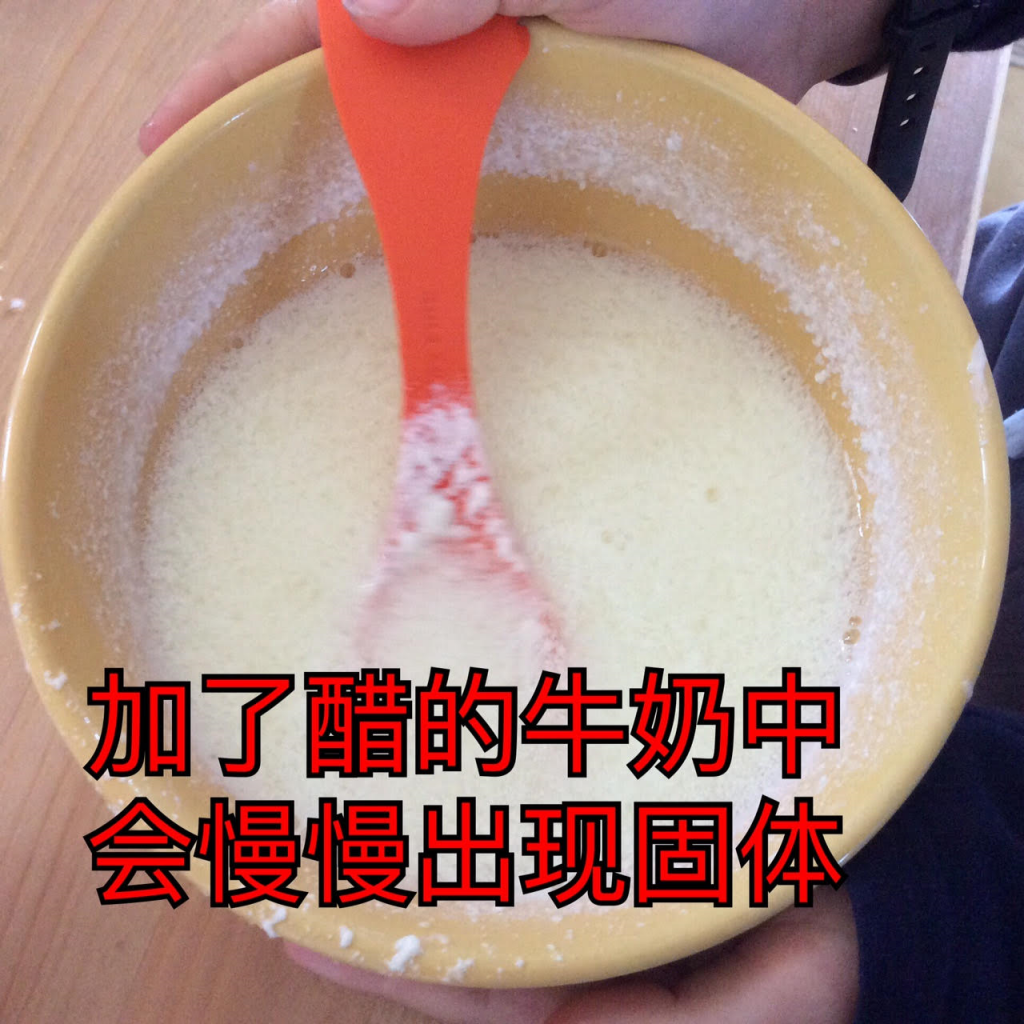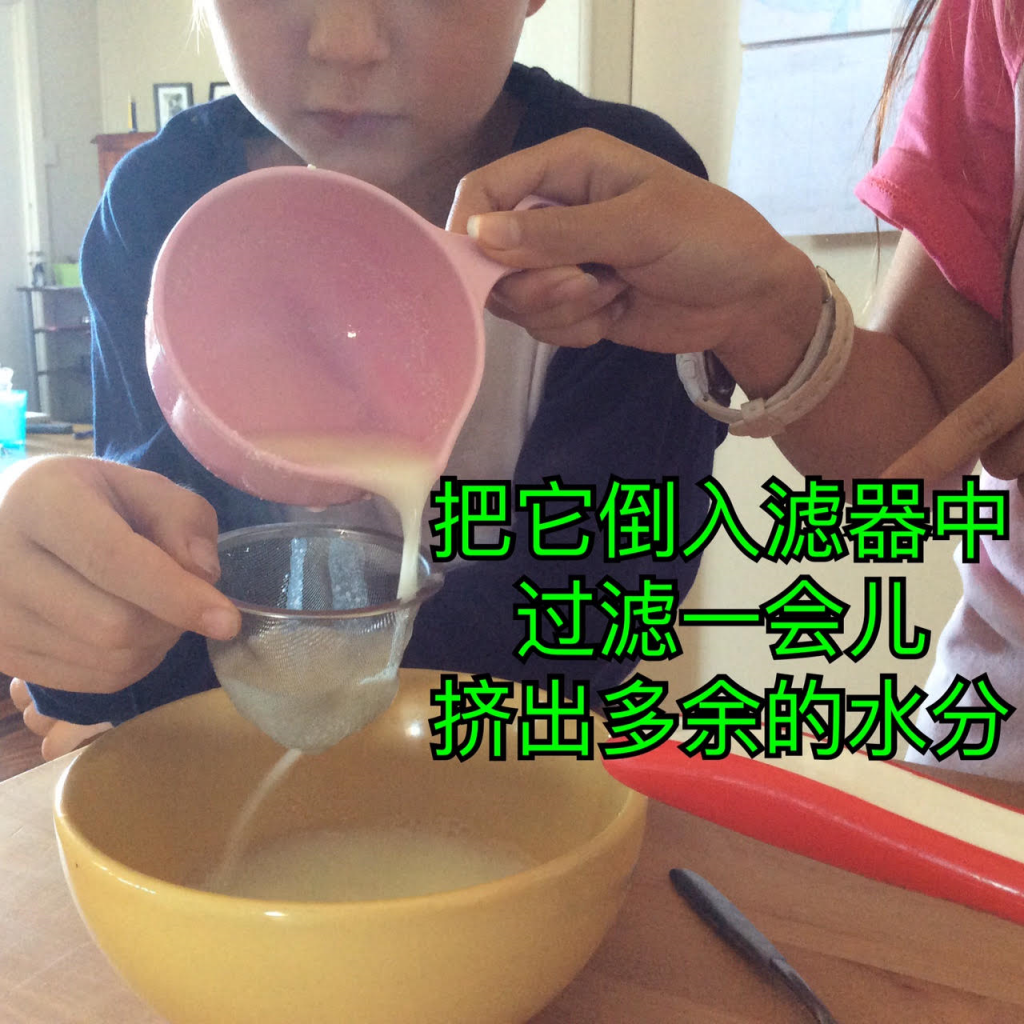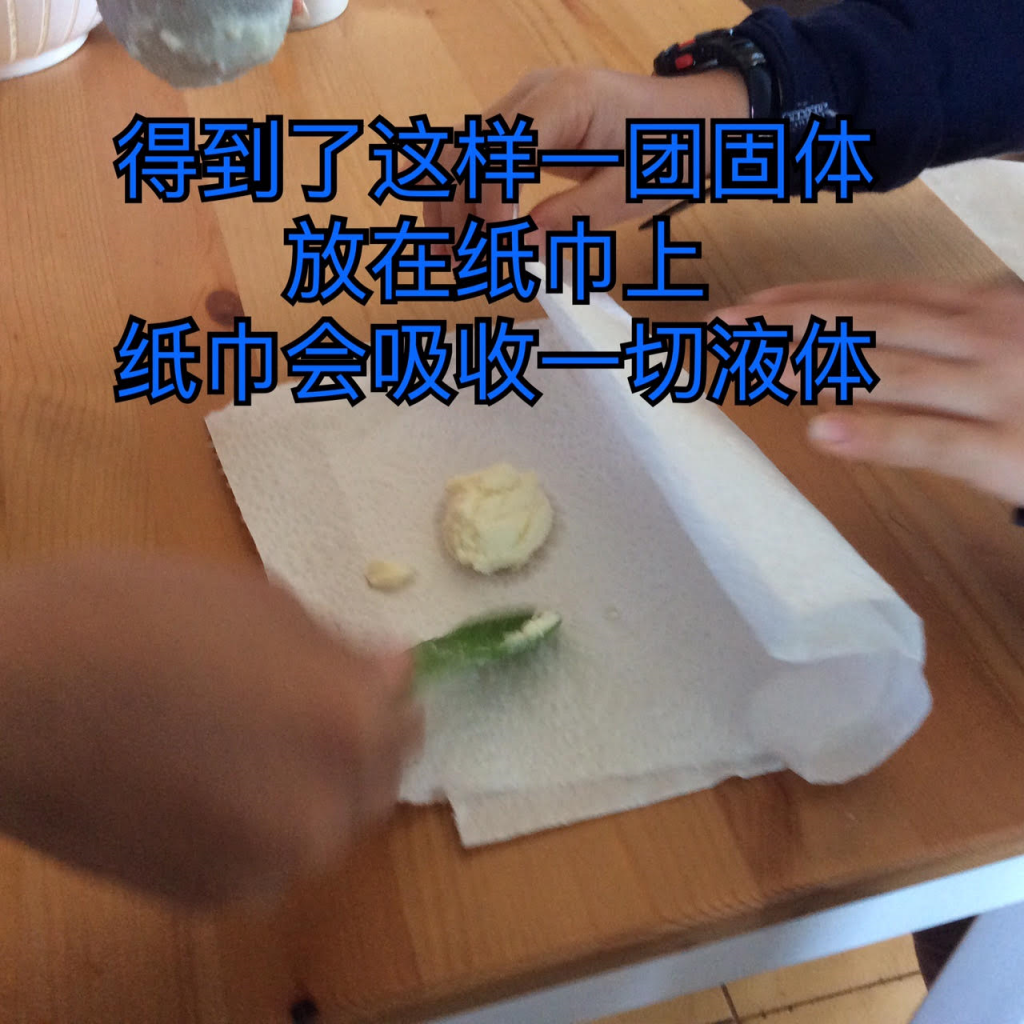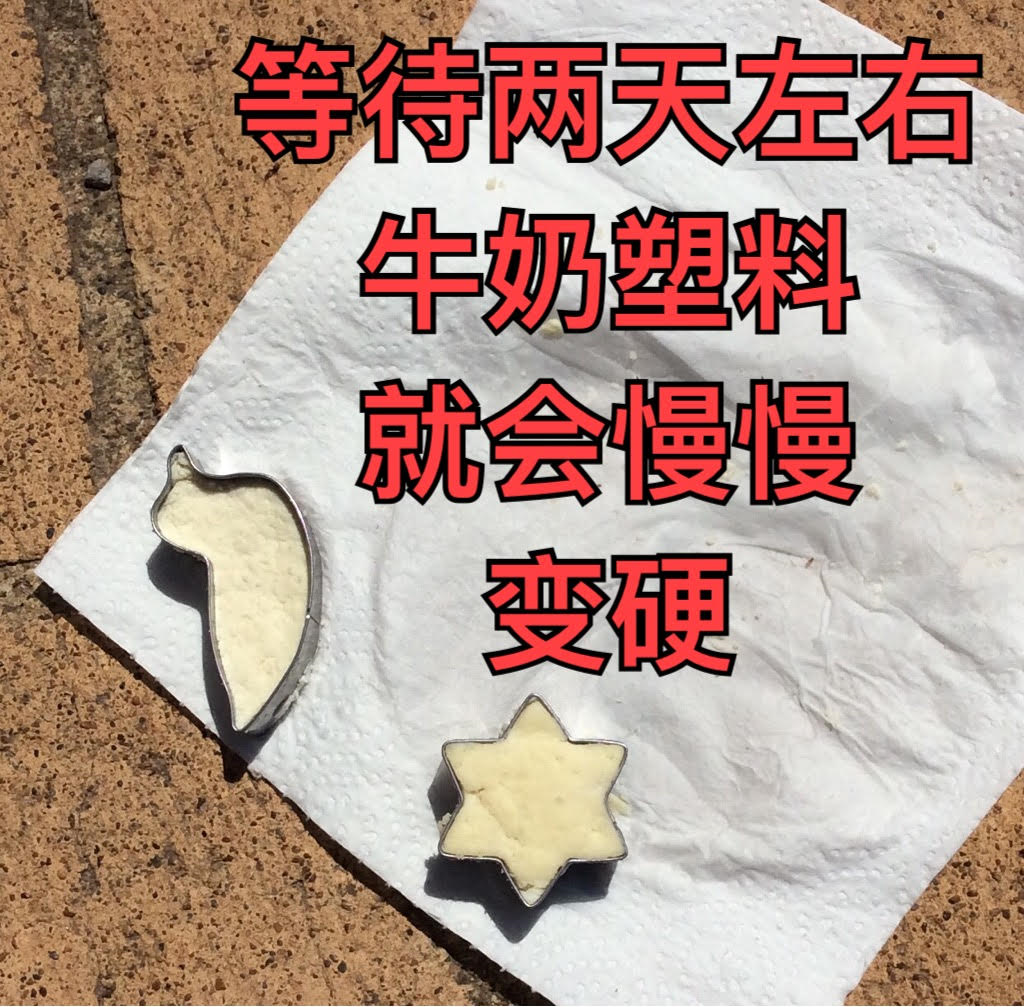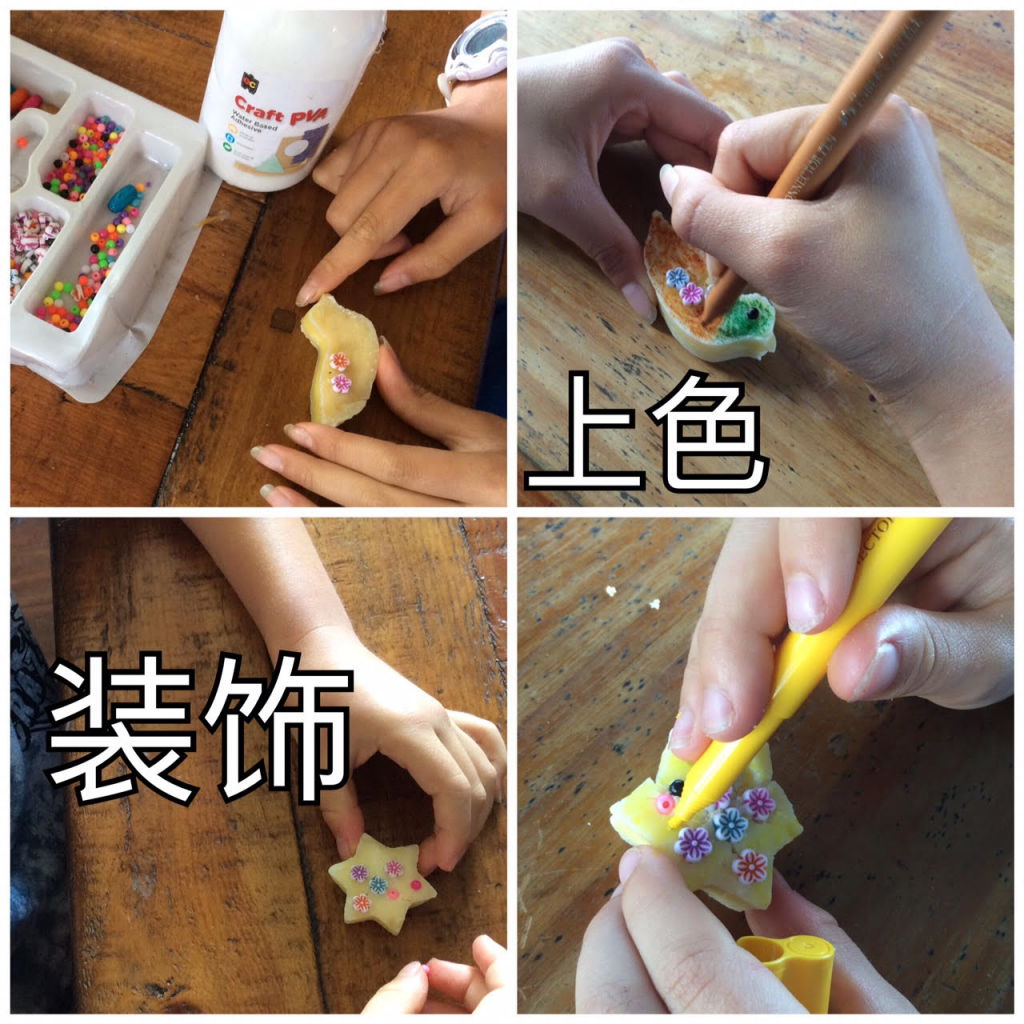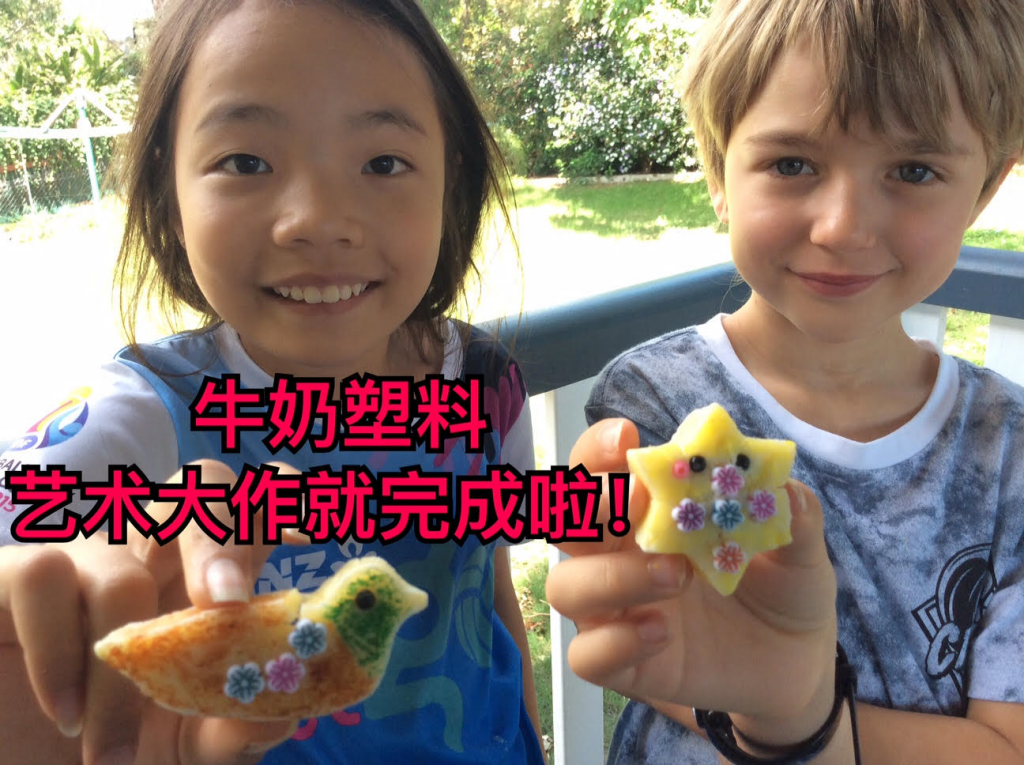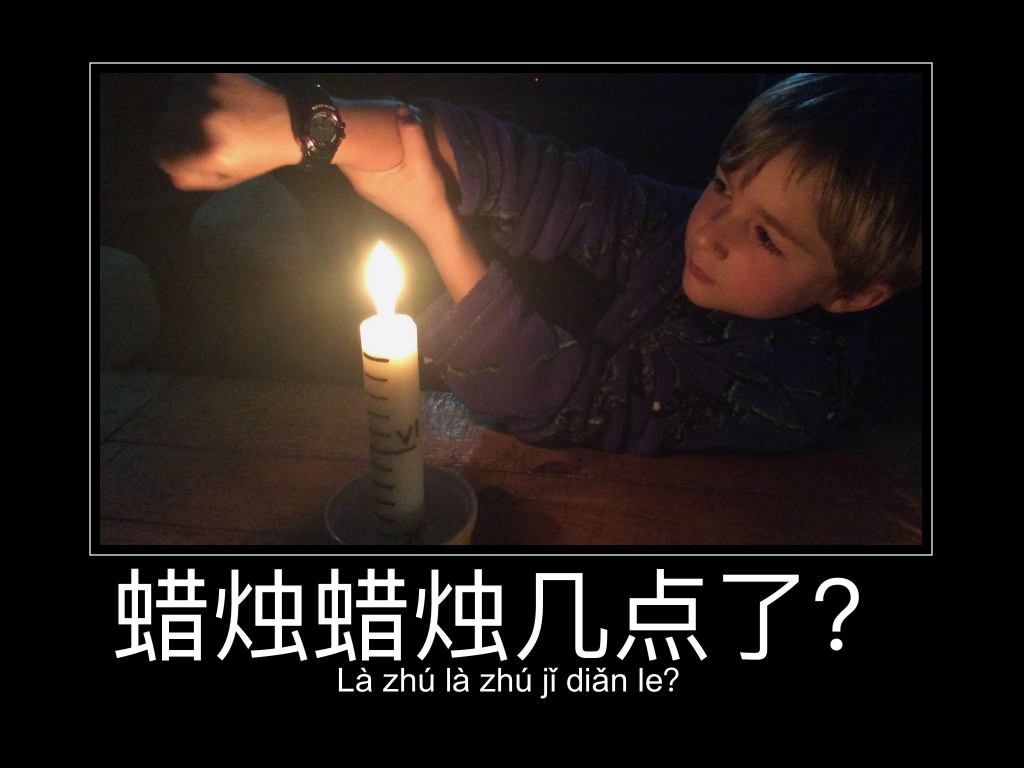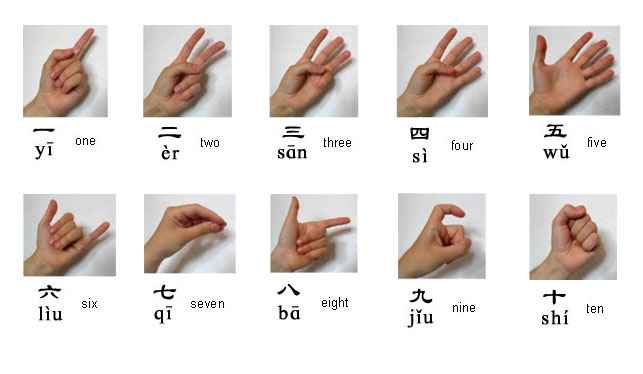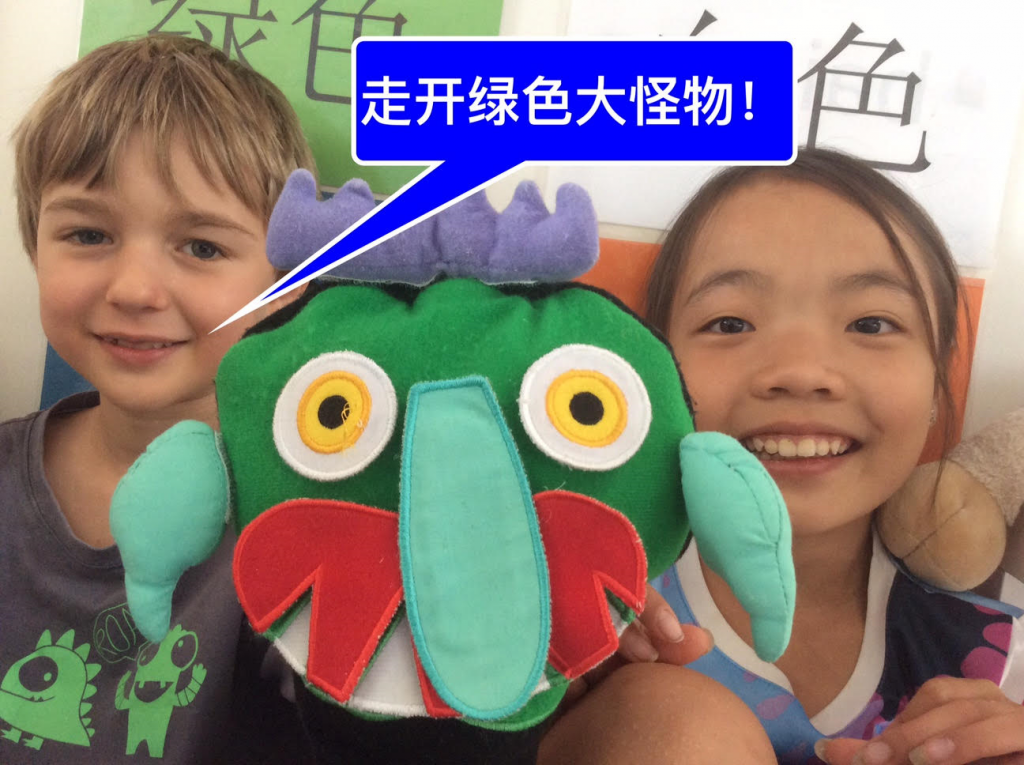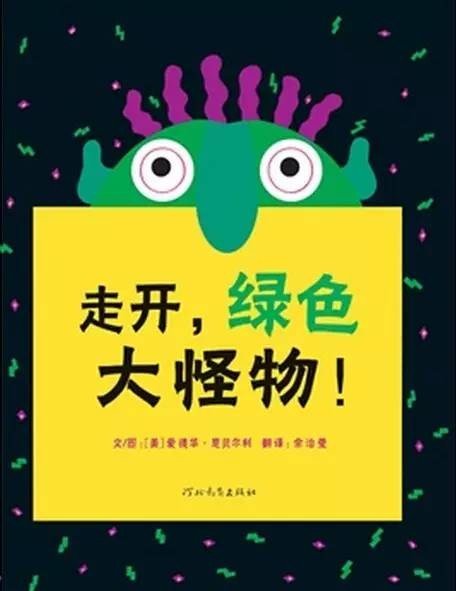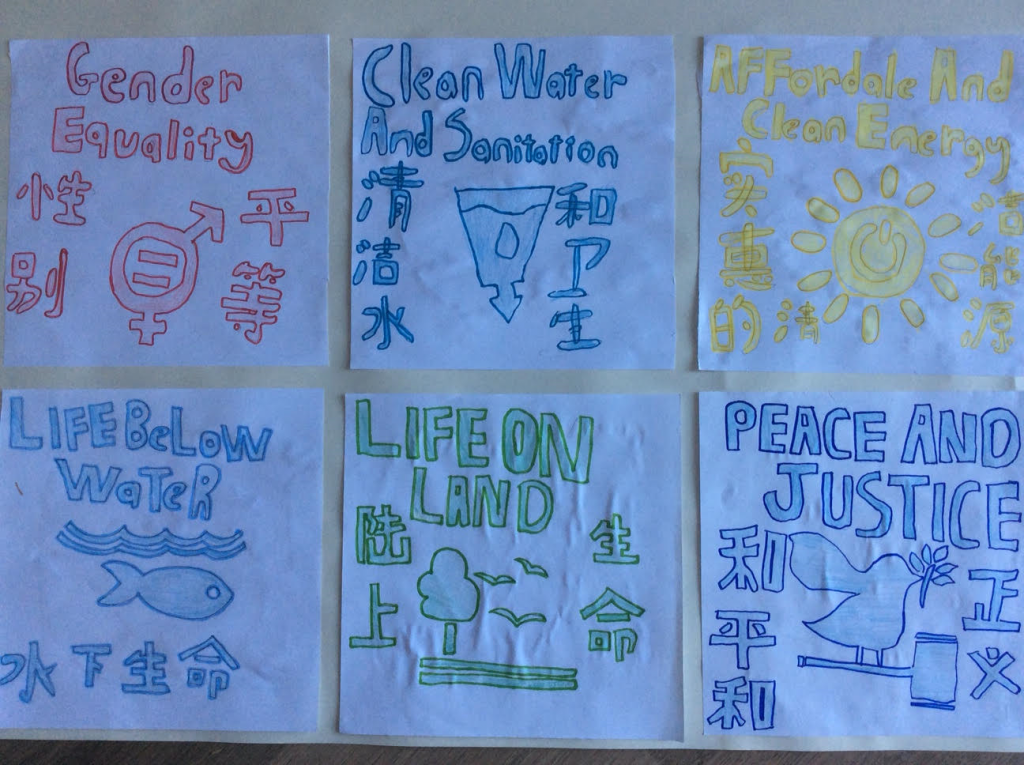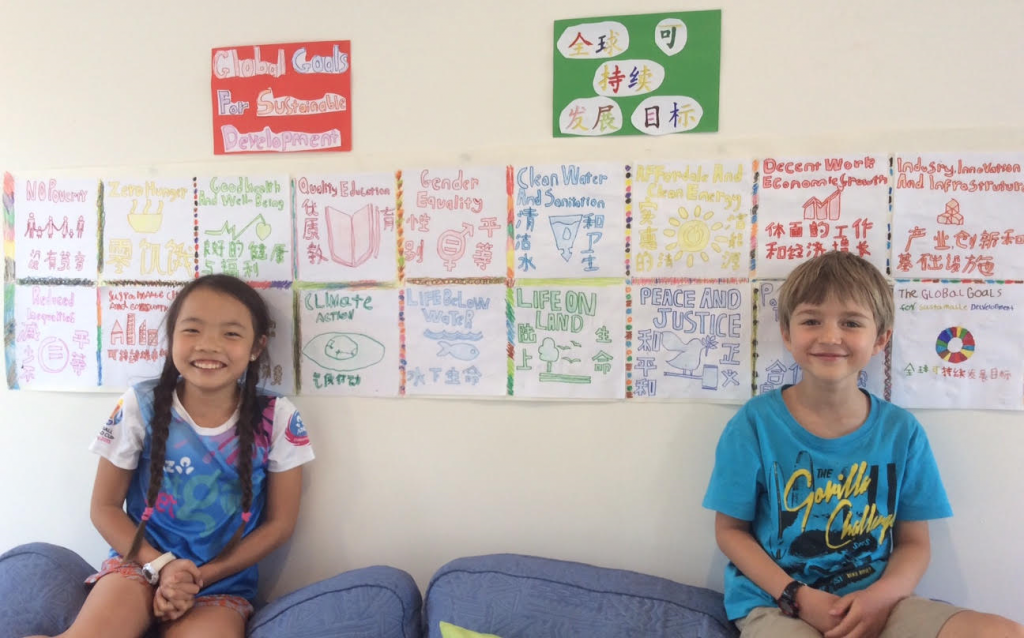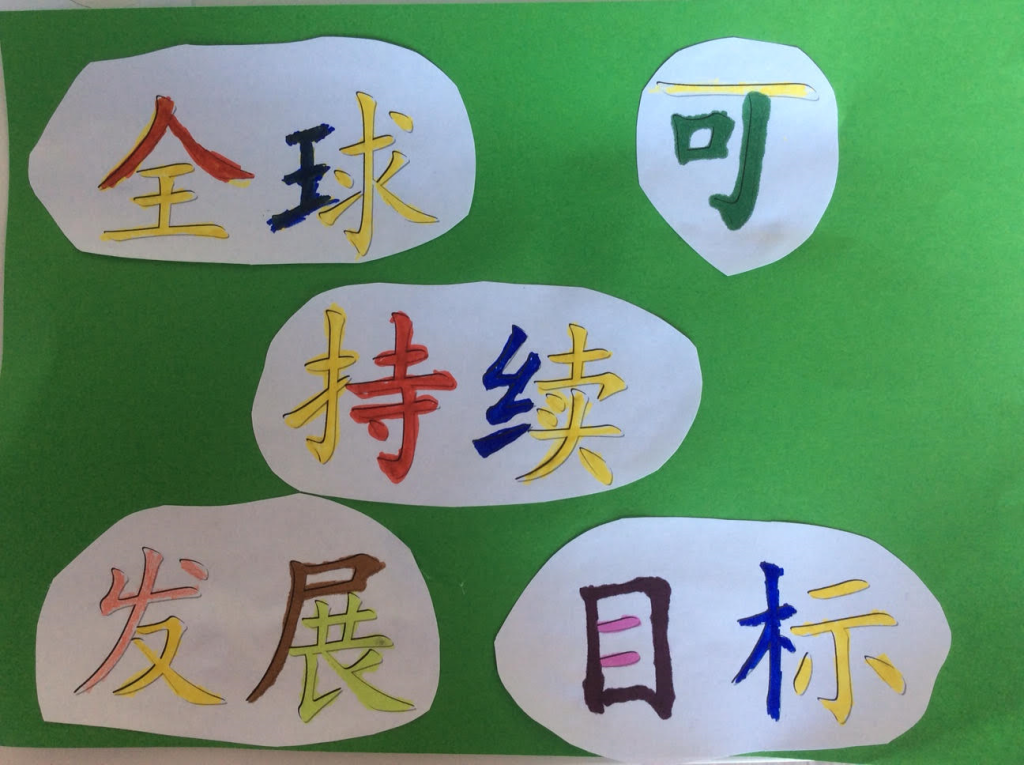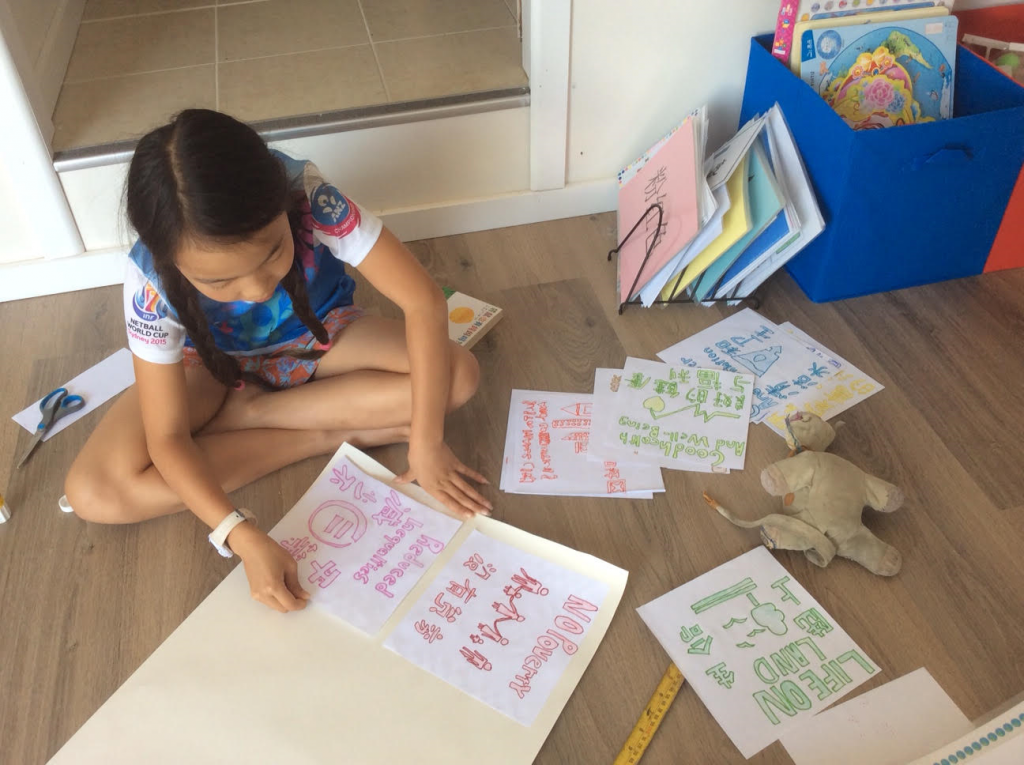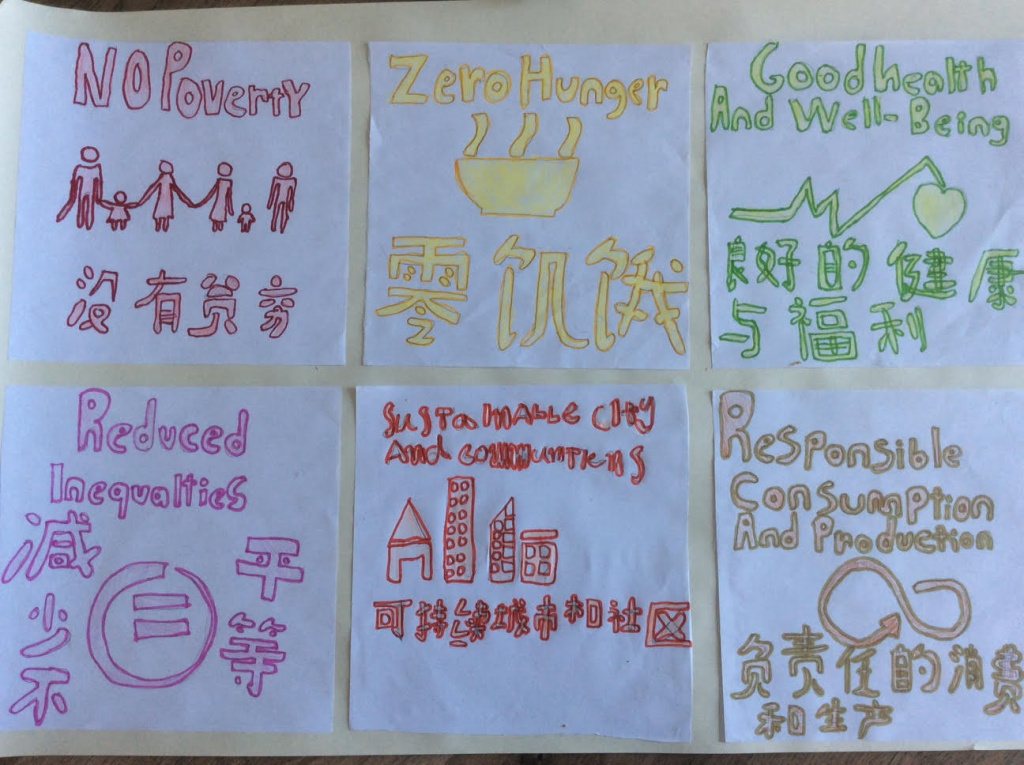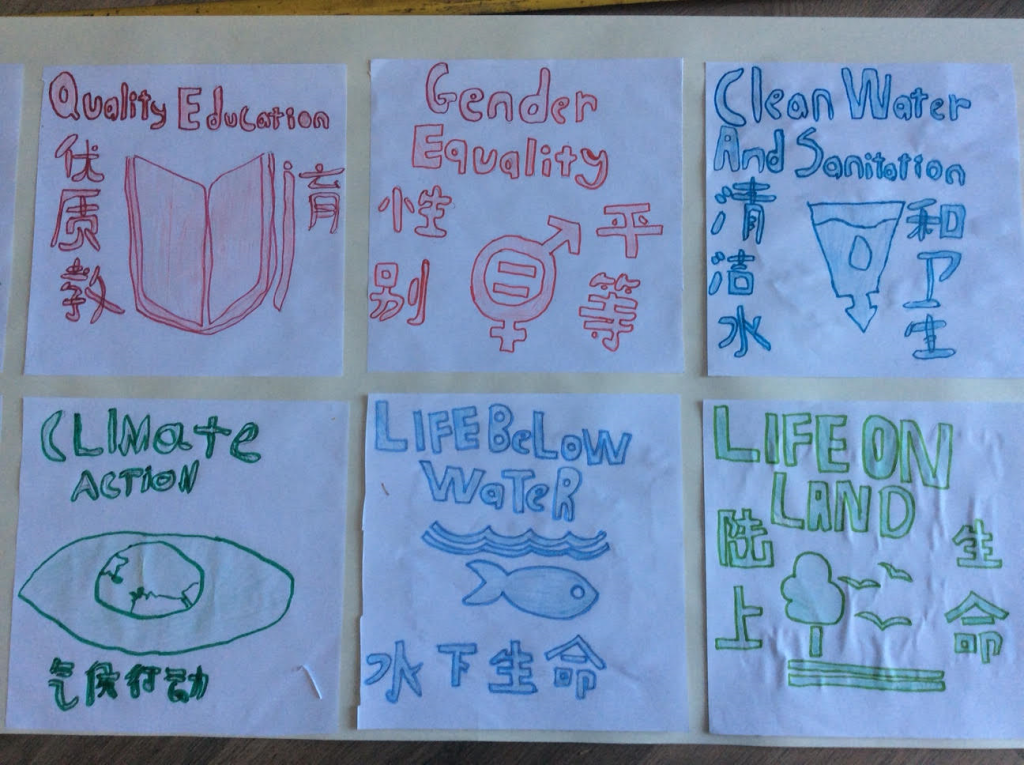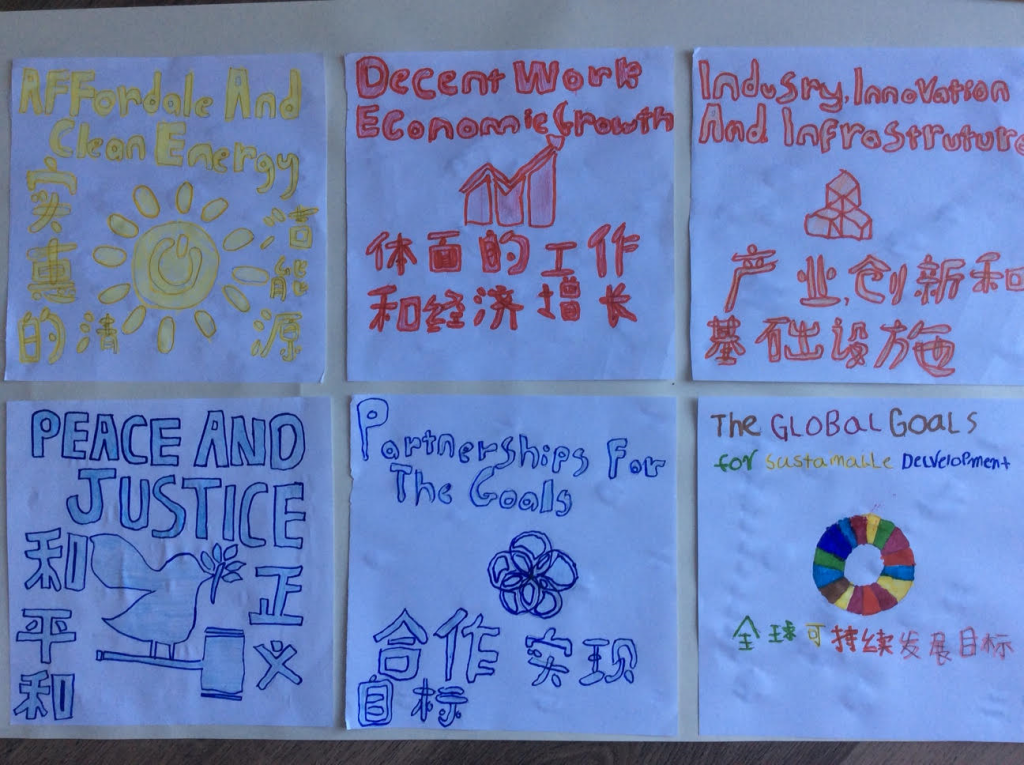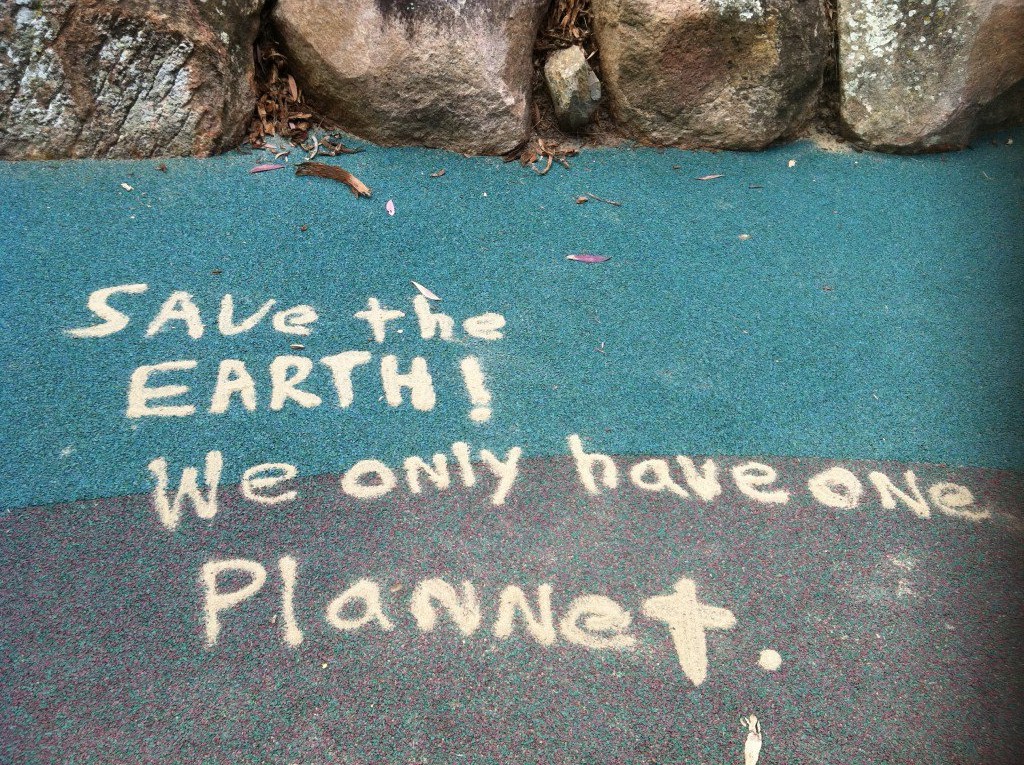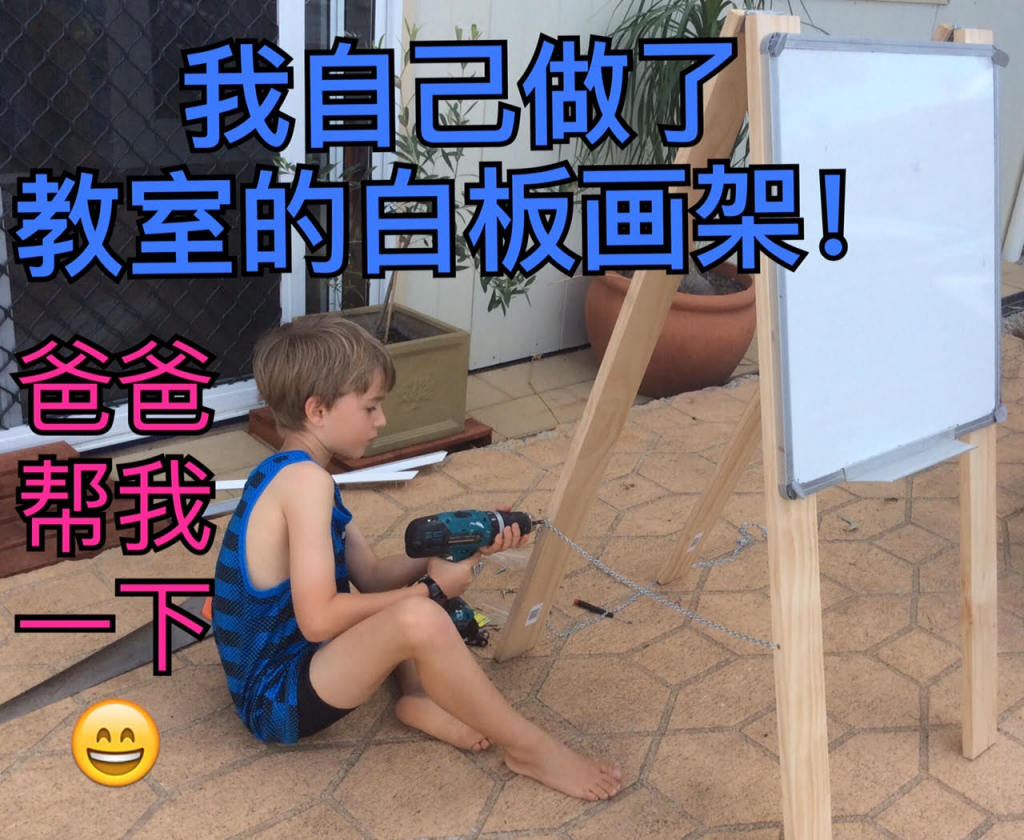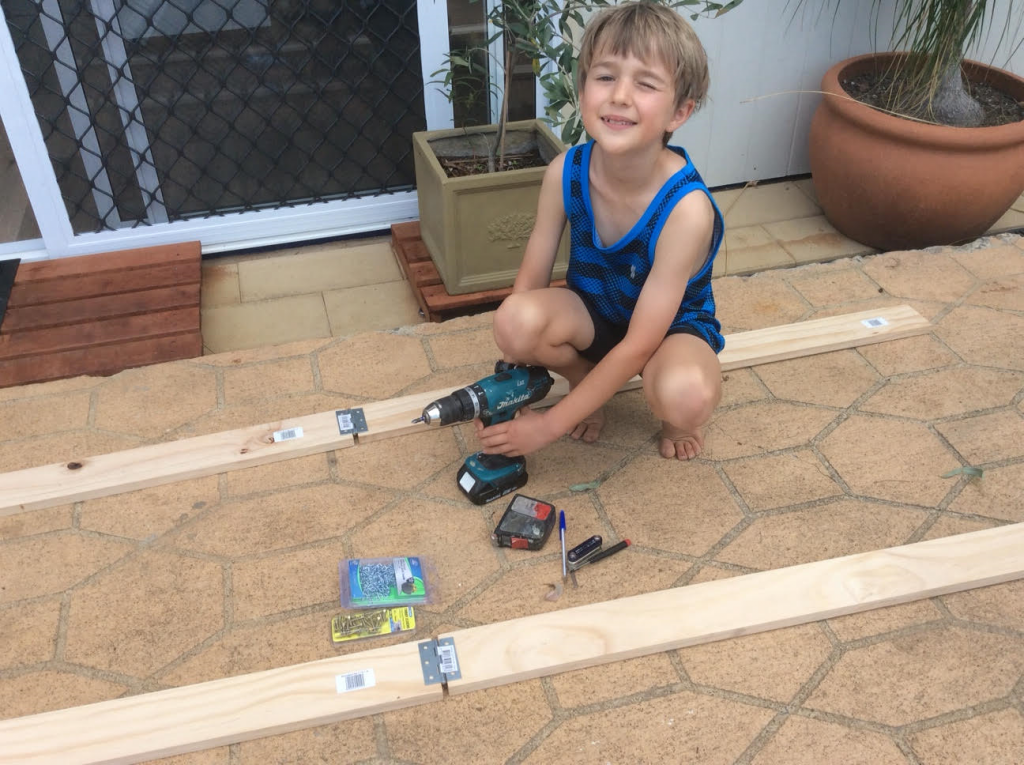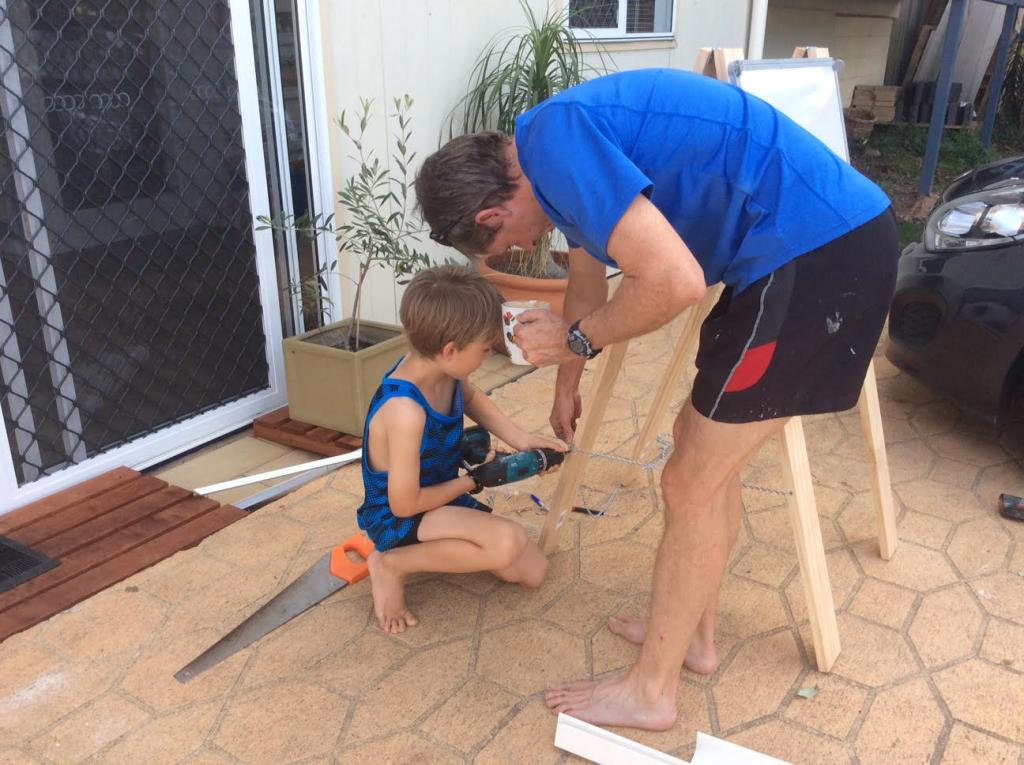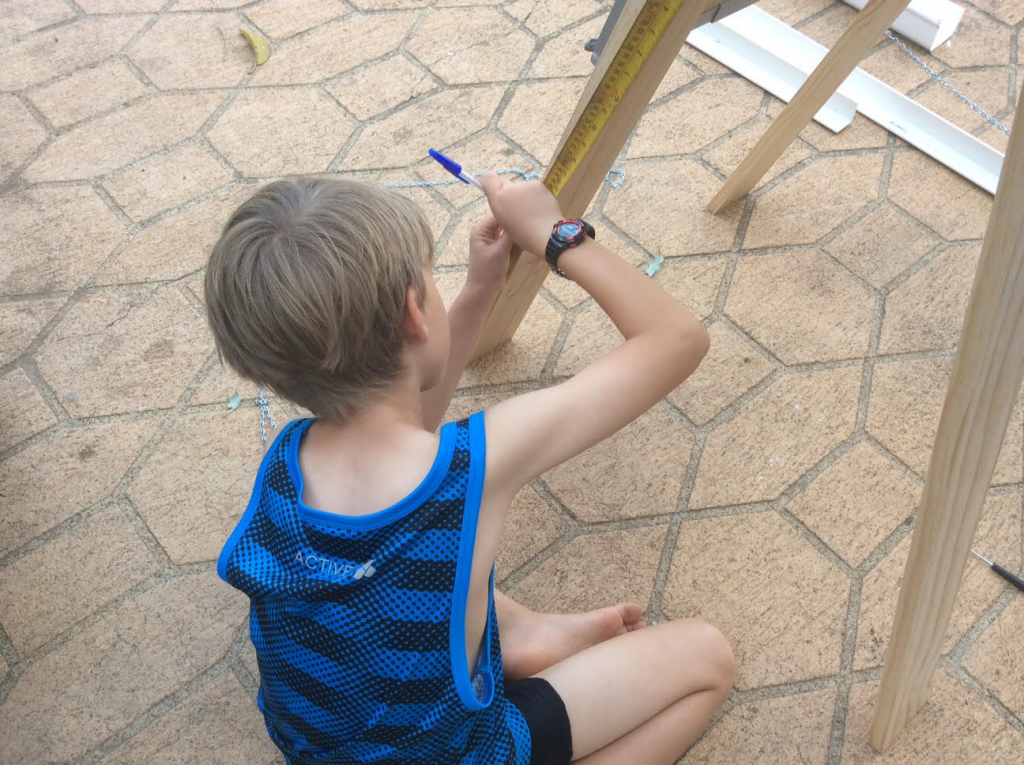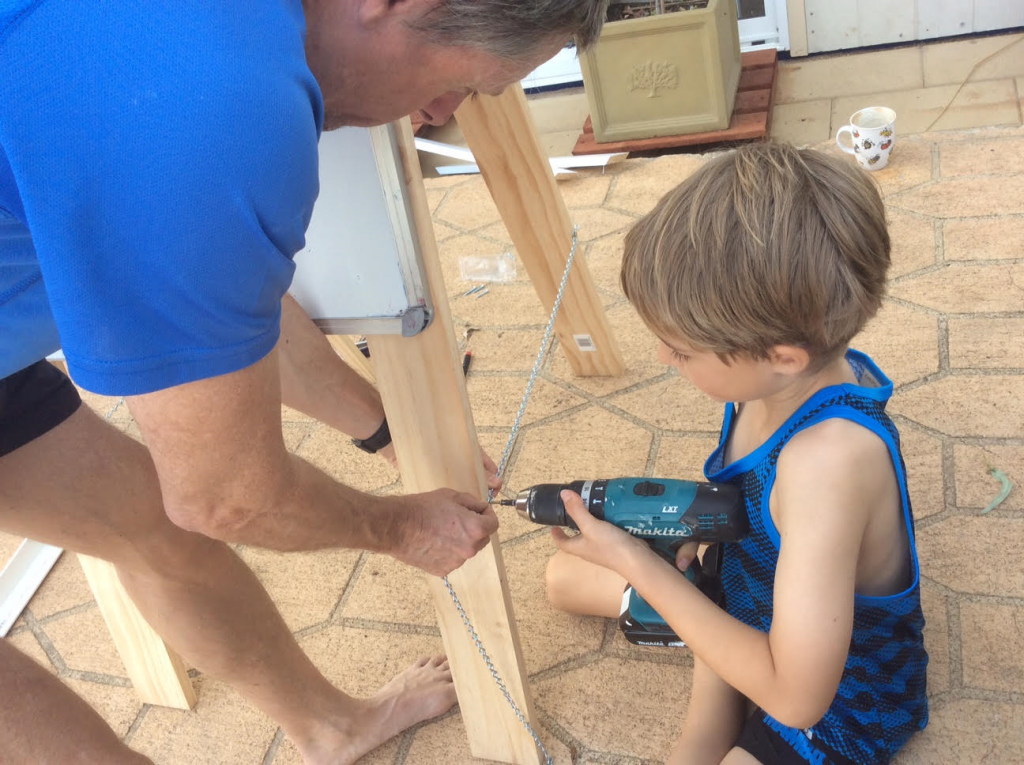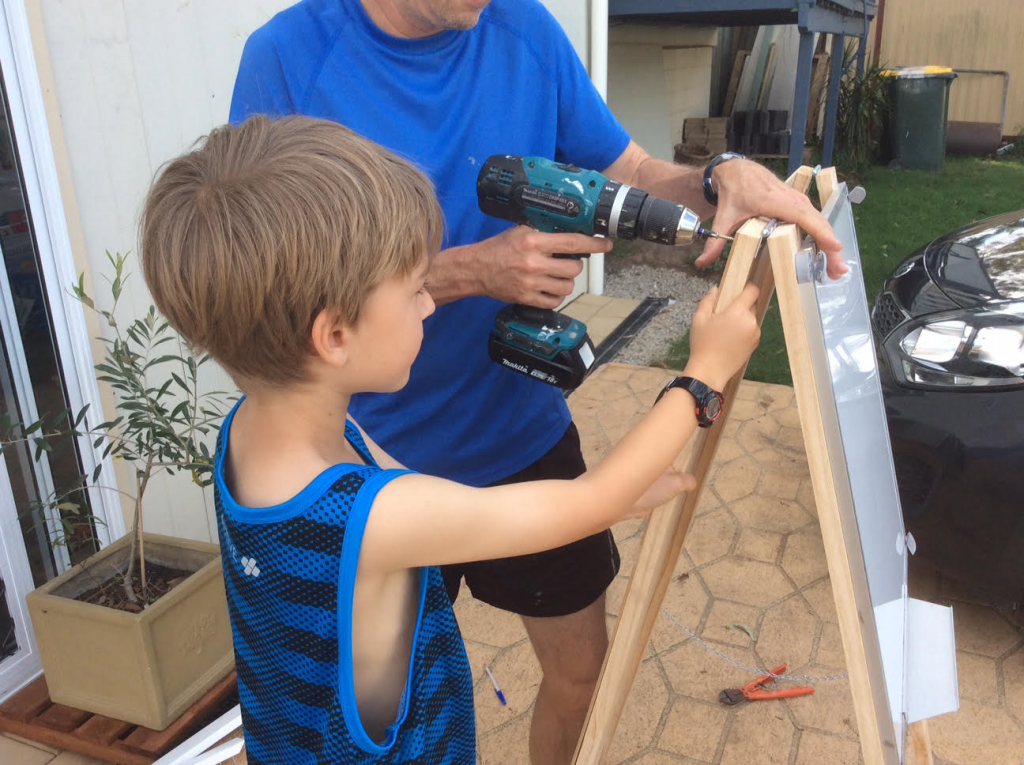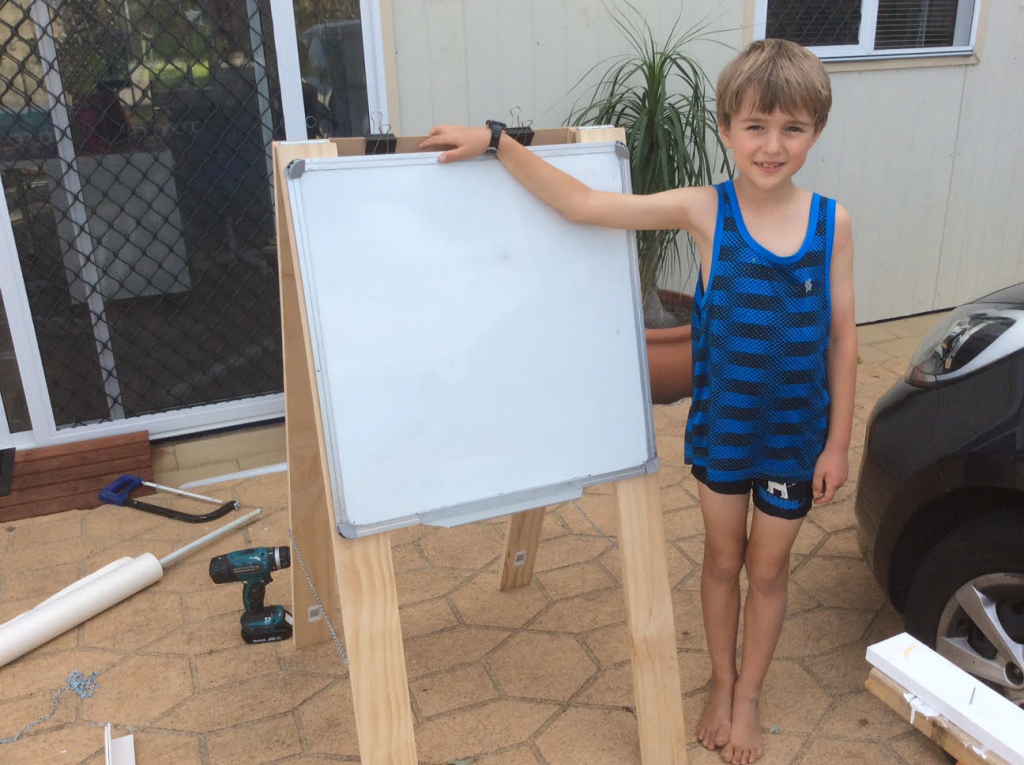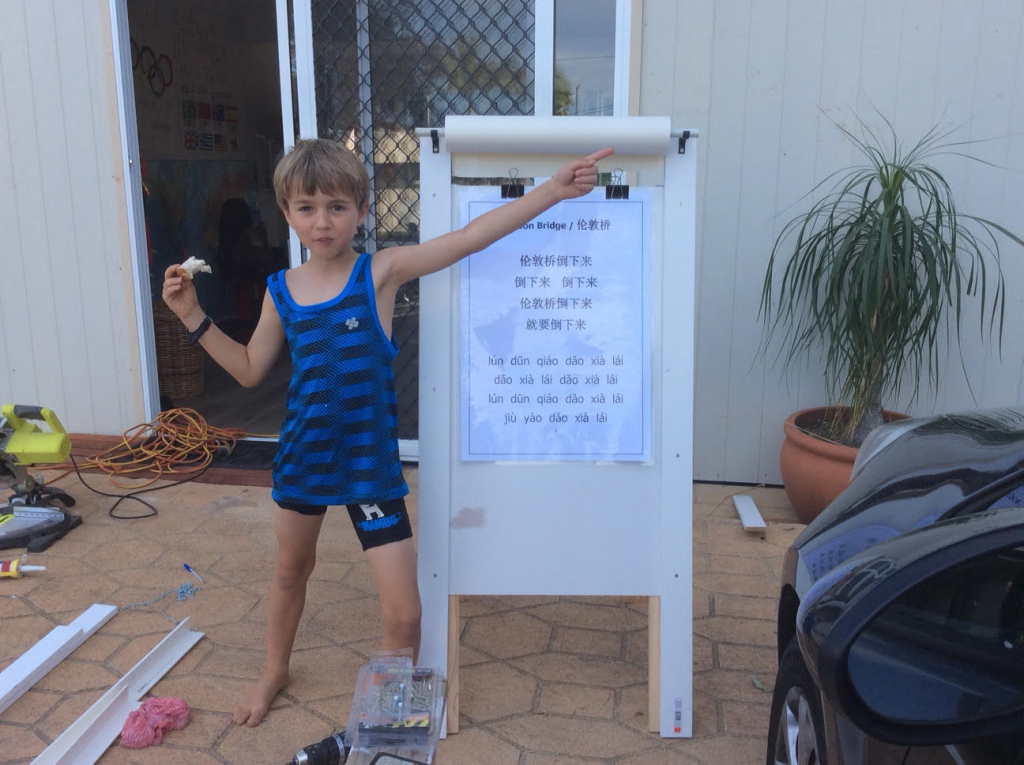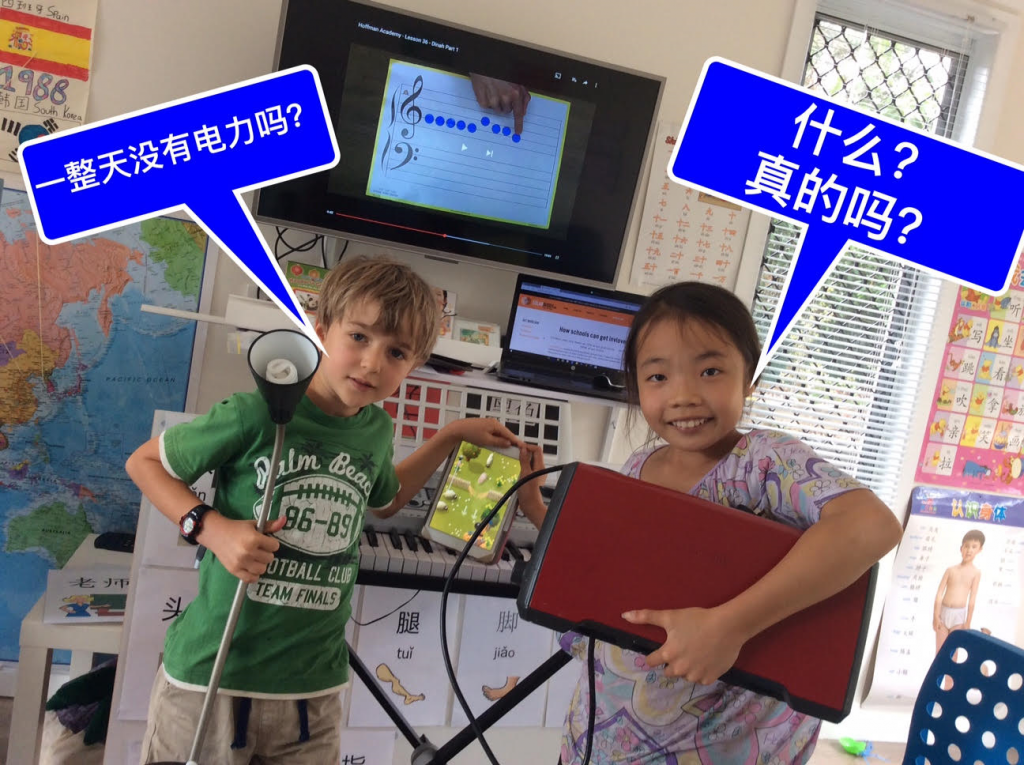
一整天没有电力吗? 什么?真的吗? (yī zhěng tiān méi yǒu diàn lì ma? shén me? zhēn de ma?) A whole day without electricity? What? Really!?
NB. For link to learning about the Global Goals leading to this project click here Heroes for Change (Global Goals link to Solar Buddy Project)
For link to promoting the Energy Poverty / Solar Buddy awareness and fundraising event click here Sending Light
On Sunday the 18th September, we are going to spend 一整天没有电力 (yī zhěng tiān méi yǒu diàn lì) or in English spend ‘A whole day with NO ELECTRICITY!’
Here are our rules for our day without electricity…as brainstormed by me and the kids
- Fridge/Freezer can remain plugged in for the day {to avoid food spoilage} , but we are not allowed to use any perishable / frozen foods, or the ice machine etc. Fridge and freezer will be taped shut!!!!!!!!!!!!!!!!!!!!!
- no other electrical devices can be used
- devices that need to be charged eg. mobile phone, iPads, computers, power tools, blower brush etc. even if they are charged they cannot be used
- no electric lights cannot be used even at night
- we cannot shop at a store using electricity, or go to a place using electricity eg. cinema
- we cannot go to a coffee shop / restaurant for coffee or meals!
- only cold water can be used in shower /washing up bowls etc.
- we can use our camping Trangia cooker (runs on methylated spirits) to cook
- we can walk to the markets and buy fresh fruit and veg for the day, and use food items in the pantry cupboard
- Electricity will be turned off at the meter box (leaving only the fridge connected)
How did we get to this challenge?
One of our recent projects is the ‘Solar Buddy’ project. It is an initiative by a Qld guy Simon Doble to eradicate energy poverty. It involves kids making a solar light to send to kids in parts of the world that have no electricity.
This video taken from the ‘World’s Largest Lesson’ resources, has helped the kids to understand the impacts of energy poverty. From there they have researched more into the problems, and other initiatives and actions people are taking to help achieve the goal of ‘Affordable and clean energy’ for everyone.
Whenever we do a project now, we talk about whether we are working towards achieving the UN’s global goals for sustainable development. It is obvious that by sending a solar light to an energy impoverished family we are helping achieve the goal of ‘Affordable and Clean Energy’. But when we started to learn more about energy poverty, how energy poverty prevents people from earning a living, developing their community, learning, and how using fuels such as kerosene for power actually causes more deaths than malaria, we realised that by taking part in this initiative, we are actually helping to achieve many other global goals too, including ‘No Poverty’, ‘Quality Education’ ‘Good Health and Well Being’, ‘Climate Action’ and ‘Reduced Inequalities’.
One little activity the kids have done, is to brainstorm everything they do in a typical day, like eating breakfast, taking a bath, keyboard lessons, researching for projects, baking, having dinner, watching TV, reading in bed etc. Nearly everything we do, relies on electricity we take for granted! A big connection the kids have made since watching the video on energy poverty and doing this daily routine exercise, is how much electricity we need for our ‘learning’. We now understand how much children’s ‘learning’ is affected in energy impoverished areas of the world. Most of our learning involves Ipads, Computers, TV (to display stuff in our classroom), even their piano lessons includes electricity for the keyboard, Ipad, the Internet and the TV! This made the kids want to help even more with reducing energy poverty.
-

-
我们在做太阳能灯 (wǒ men zài zuò tài yáng néng dēng) We are making Solar Powered Lights
-
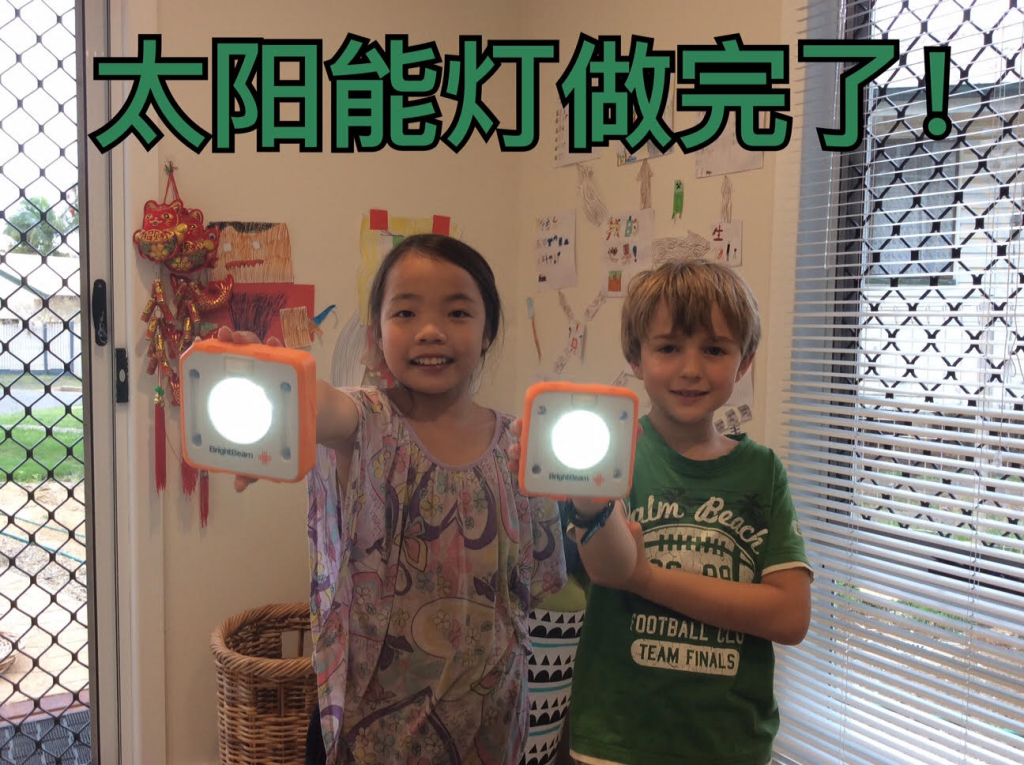
-
太阳能灯做完了 (tài yáng néng dēng zuò wán le!) Solar Power Lights finished!
The kids put together their solar lights that they are going to send to other kids (country to be advised yet). Their next project is to come up with a creative way to share their learning of energy poverty to the community, and raise some money to send the lights, which we will share when they have completed.
In the meantime, they suggested that we go without electricity for a whole day, to try and get a feel for what it is like! From the daily routine brainstorming, they came up with a list of electrical devices that we use. They translated them all into Chinese.
| Fridge |
冰箱 |
bīng xiāng |
Toaster |
烤面包机 |
kǎo miàn bāo jī |
| Cooker |
炉子 |
lú zi |
Microwave |
微波炉 |
wēi bō lú |
| Lights |
灯 |
dēng |
Hot Water System |
热水器 |
rè shuǐ qì |
| Kettle |
水壶 |
shuǐ hú |
Television |
电视 |
diàn shì |
| Computers |
电脑 |
diàn nǎo |
Ipads /tablets |
平板 |
píng bǎn |
| Mobile Phone |
手机 |
shǒu jī |
Fans |
电扇 |
diàn shàn |
| Washing machine |
洗衣机 |
xǐ yī jī |
Piano keyboard |
电子琴
|
diàn zǐ qín |
| Internet WiFi |
无线网络 |
wú xiàn wǎng luò |
Coffee Machine |
咖啡机 |
kā fēi jī |
| Power tools |
电工具 |
diàn gōng jù |
DVD Player |
DVD播放机 |
DVD bō fàng jī |
We will be turning them all off on Sunday, so we will be singing Groovi Pauli’s 关掉 ‘Turn it Off’ (for details how to access this song and a powerpoint of the lyrics to this song click on this old blog post) all day and substituting every device into the lyrics!
I don’t know how I am going to go the whole day without a decent coffee or check Facebook…but the kids seem pretty excited to have nothing but the solar buddy light to find their way to bed!
